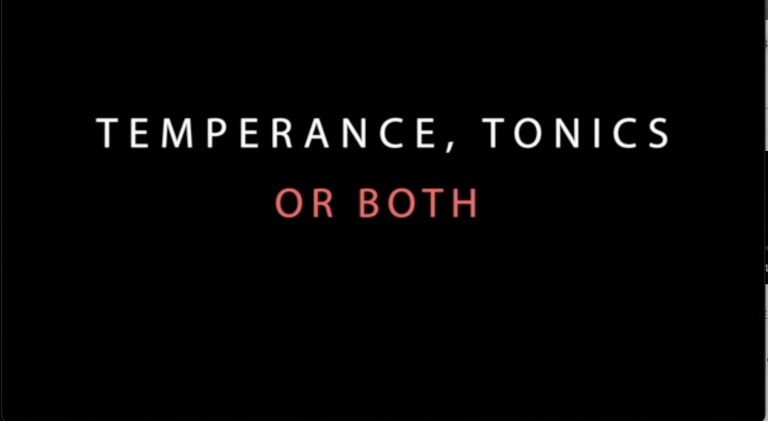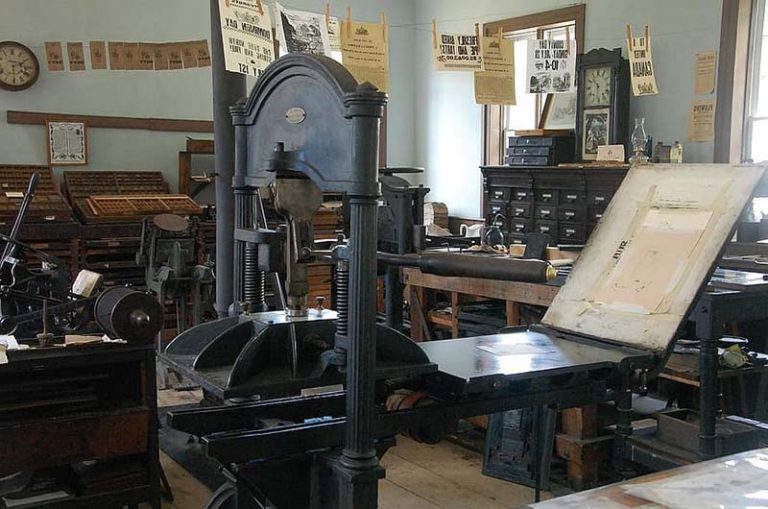First published: July 01, 2006
Citizen journalism is about power. It is being couched as a populist movement in journalism to tear down the mainstream media, which many people feel is not serving the public interest any more and has lost the trust and credibility that was its hallmark since modern journalism was framed a hundred years ago by Walter William.
But after some consideration, I wonder if it is really about populism and more about replacing one hegemonic structure with another. In fact, it may be something even deeper: a transformation of journalism from its modernist roots into a postmodern form, with its irreverent style; its fragmentation; and, its indifference.
The battle between mainstream media and those seeking an alternate form of journalism is more than obvious. But, after attending the Media Giraffe conference this past week, there are still hegemonic relationships being practiced. As in another post, there is a group that continues to lead the revolution, so to speak. Jay Rosen, Jeff Jarvis and Dan Gilmour are the three wise men of the citizen journalism movement. Two years ago in Toronto, they were at the front of the audience making their arguments. And, again, this past week, they were present again. (Gilmour was absent due to a previous commitment but was invoked numerous times.) Even the physical set up of the room was not egalitarian, but represented a type of power structure that is historic and not revolutionary. It is symbolic of something that needs to be explored.
Citizen journalist is a false term. When practicing the tenets of journalism, one is a journalist. Just because one puts a band-aid on a cut, does not make one a surgeon. Because people go out and gather information or share with us text, images, audio and video, does not make them journalists. WE have always done it. And, the people who did it were called contributors or guest columnists or correspondents. For some reason, it is suddenly become important we call them journalists.
One reason may be the need to gain credibility. Those who wish to practice this new form of postmodern form of journalism seek to attach themselves to established forms as they emerge as part of this overall transformation. By using inventing new language to describe what is happening, they hope to restructure the old hegemonic power structures that have existed and then those, who were unable to share in the power would now be able to replace the old leaders.
This should not be viewed as a renewal of democratic values. Like many populist movements, it is just as exclusionary. True participation means journalism must step down from the podium (to use an earlier metaphor) and join the population. It must give up something so deeply engrained and not have it replaced by yet another group seeking to attain influence.
One of the experiments at Loyalist College was to use Blackberry wireless technology during the recent federal elections to go out and engage citizens who would otherwise not being served. During the debate, student journalists took the units out to places where everyday people gather: hockey arenas, donut shops, bus stations etc. They spoke with people, who were not at the debate and asked them if they had questions. They would type the questions into the Blackberry units and those would go to an “e-host” in the auditorium, which would ask the question on behalf of the citizen. The candidate would answer. The students had a radio so the questioner could hear the answer. Within minutes, there were 30 people who wanted to participate.
This kind of experiment is truly aimed at what the new journalism is truly about. It seeks to find ways to give voice to those who cannot or do not feel they have a say in the institutions that affect their lives. This is the primary goal of e-journalism: educate, engage and empower audiences. And while citizen journalism says they are committed to collaboration with audiences, are they truly empowering them or are they just setting up new hegemonic structures.
Citizen journalism is truly postmodern in that it celebrates the individual, but does it seek to be more. It claims to empower, but it does not seek to reach out beyond the constraints of the technology as it exists. It really fails to be innovative beyond what is already know. Blog are editorials online or letter to the editor. Audio and video, along with text and images, are still being used independently.
E-journalism seeks to create new forms of storytelling. The central question in using multimedia is: “What tools are best to tell this story?”
These and other notions are the ones that deserve serious consideration.

